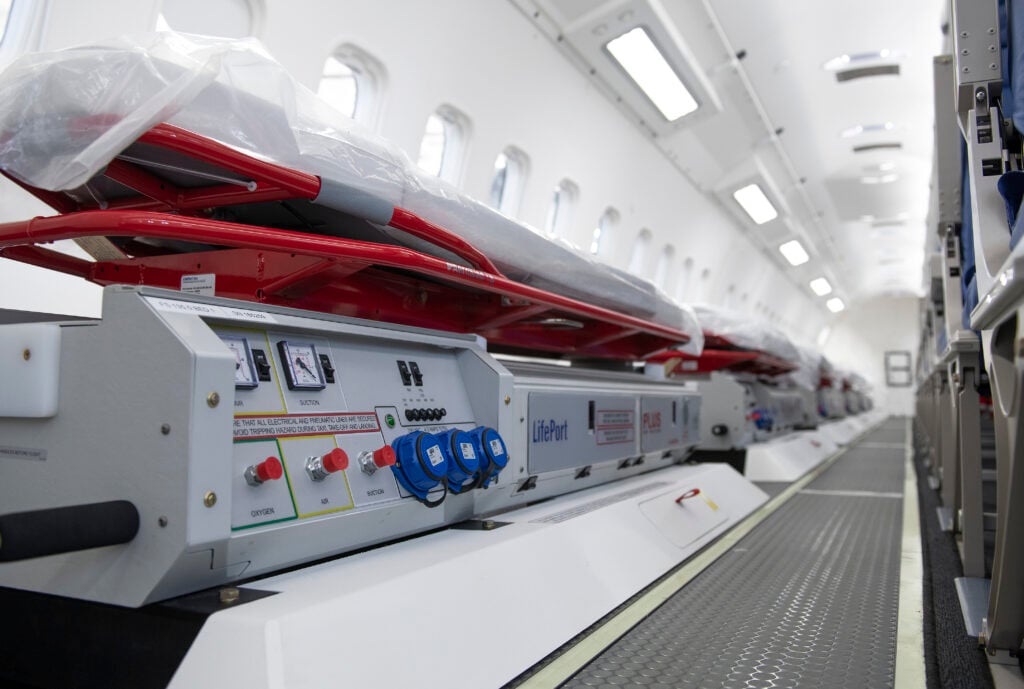In aerial firefighting, responders are focused on one mission: slowing the spread of the flames. This focus accomplishes the singular goal of buying time. Crews buy time for ground firefighters to arrive on the scene and work towards containment. They are there to cool the intensity and slow the path of the fire. They are there to give people time to evacuate their homes.
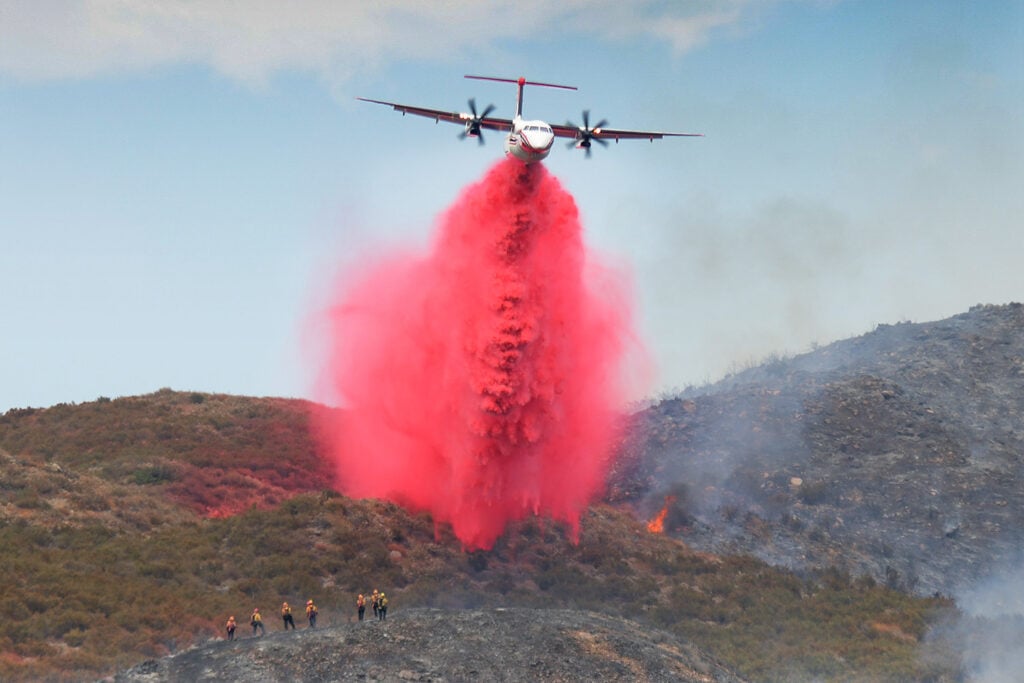
For over 60 years, the industry has designed and deployed an arsenal of air assets to perform this service, including a diverse array of airtankers, each successful in its own right. Some were built specifically for aerial firefighting, and some were converted. Some that skim, some that don’t. Some delivering water, some retardant. All offer varying degrees of speed, fuel burn, maneuverability, avionic sophistication, drop effectiveness, reach, reliability, and payload size. And each offering its own level of response. All with one purpose: to buy time and protect people, communities, and resources.
Dedicated solely to aerial firefighting
Looking to the future, there are benefits to assessing the value of modern airtankers designed to perform more than the one role of an aerial firefighter. In addition to performing drops, teams of ground firefighters could be moved between fires rapidly, traveling comfortably and safely, sometimes long distances, with essential equipment packed into cargo holds. After crews unload, the tanker fills and takes off to the fire, ready to respond. If the fire prevails and surges, fanned by changing wind, the tanker evacuates neighborhoods to safety. Or transports patients from hospitals or nursing homes with air ambulance capability. On its return, it carries a full load of freight, filled with critical supplies needed for sustained support. At night, when not on a mission, it uses ISR software and sensors to capture data on wildfires, mapping perimeters.
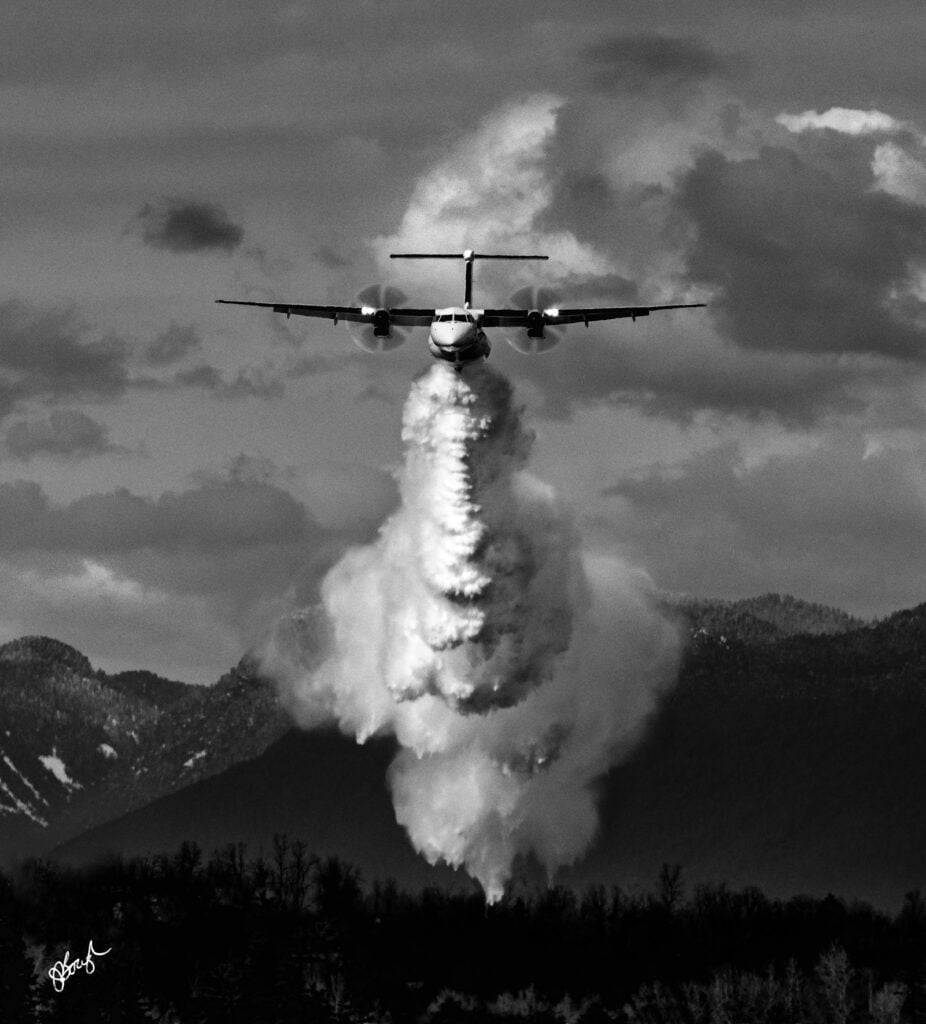
Comprehensive Wildfire Response
The frequency and intensity of wildfires will continue to grow, but wildfires aren’t the only worry for emergency management responders. Natural disasters are increasing in frequency and severity - floods, hurricanes, tornados, earthquakes, snowstorms, landslides, heat domes – the list goes on.

Investing in an airtanker is a costly endeavor. To maximize return on investment, selecting a specialized aircraft that can operate year-round, a multi-role all-hazard aircraft that could dispatch to disasters of all kinds would be beneficial. Cities trapped or destroyed could be helped using the aircraft, working alongside partners such as the military, transporting crews, equipment, medical aid, and life-sustaining support. A multi-role airtanker could also be converted into a mobile urgent care facility, delivering medical treatment to injured citizens. Or, in critical instances, populations could be airlifted rapidly to safety, removing them from threatened regions.
All Hazard, Multi Role Response
Every day, the world faces challenges requiring the ability to quickly adapt and respond to adversity using versatile tools that can confidently perform. This multi-role aircraft could transport supplies to isolated villages facing shortages. It could serve as a mobile medical clinic for communities without healthcare facilities, offering various exam opportunities or immunization clinics. Critically ill patients from pandemic or war zones can be medically evacuated to safety. Humanitarian aid could be shipped to countries in crisis. Intelligence using ISR capabilities could be gathered for various missions, including search & rescue, maritime security, fisheries monitoring, smuggling, immigration patrol, and pollution control. The airtanker could be customized, giving agencies the power to select the roles they need, optimizing readiness, improving efficiencies, and reducing risk for all emergencies.

One Aircraft, Many Missions
Deploying the multi-role aircraft mitigates damage and prevents catastrophe. The cost associated with disasters runs into the billions, with the price of an aircraft being a small fraction of that cost. The multi-role offers functions that benefit various branches, including public safety, emergency management, natural resources, health, and civil protection. As has been done for years in the air tanker-only world, the aircraft could be deployed on loan during times of need, with operational costs offset through interagency agreements, lowering the owner’s annual financial commitment.
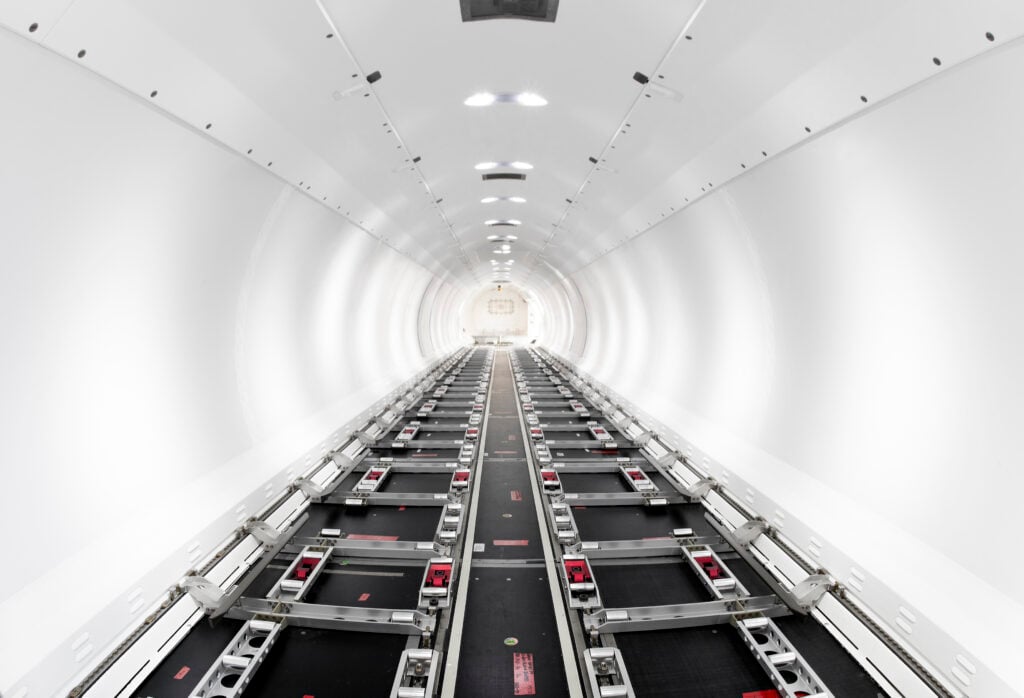
Alaska is one example of the success of sharing the Dash 8-400AT with domestic and international agencies in need, loaning its contracted airtankers to British Columbia, Alberta, and Montana in recent years. In Australia, Queensland and New South Wales have a shared Dash 8-400AT, with each state contracting its multi-day period set up such that the airtanker, overall, reaches an extended annual contract period, providing both states the opportunity to secure an exclusive-use airtanker, reaping improved response-ability as well as financial benefits. Similar tactics could be applied to a multi-role such as an aerial firefighter or an emergency response aircraft.

Shared Need, Shared Cost
The time to design, engineer, and certify a specialized aircraft is lengthy, often taking years. The time required to set up a production facility and celebrate the first delivery is equally time-consuming. But this is not an obstacle, and there is no need to wait years for a solution. A multi-role airtanker already exists and is in production. It is a proven platform that has been operating for over a decade in France and was built by Conair Aerial Firefighting.
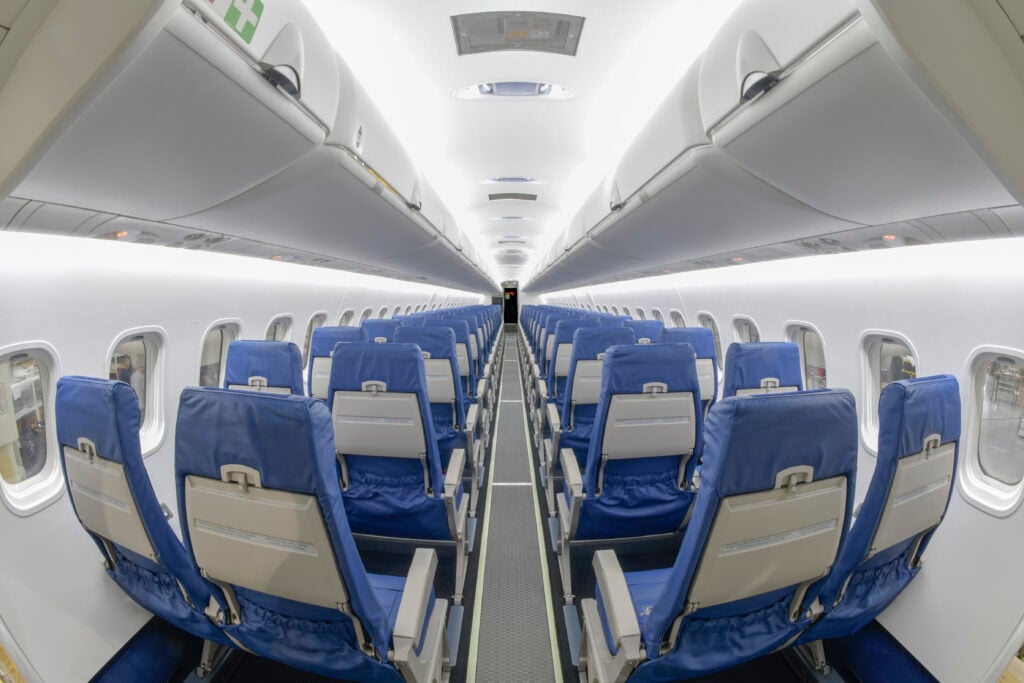
It’s the Dash 8-400MRE. Its air tanker-only variant, the Dash 8-400AT, has been operating since 2020 through Conair and Aero-Flite Inc. Over twenty of these airtanker types (AT/MRE) are operating worldwide, growing steadily yearly. Most recently, Saskatchewan Public Safety Agency (Canada), after retaining FPInnovations to produce a study on next-generation airtanker types to replace the province’s aging airtanker fleet, announced the purchase of two multi-role and two air tanker-only variants, with deliveries starting in 2025.
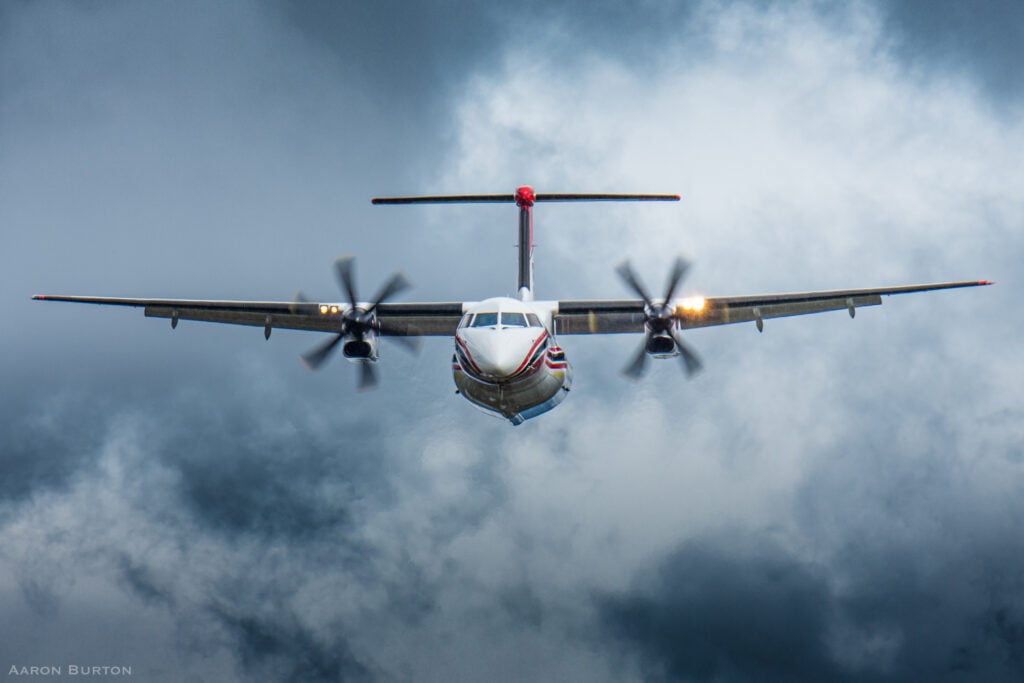
Saskatchewan’s action modernizes its airtanker fleet and offers the ability to adapt and dispatch to a wide range of emergencies throughout the region, covering over 250,000 square miles. With this platform, Conair, as the OEM, provides full-service support with safety being top of mind, engineering custom features, providing ongoing technical support, and training mechanics and crews, including offering the capability of training pilots in industry-leading simulators. Open to flexible solutions, the company and its subsidiary Aero-Flite in the US will consider nontraditional agreements to accommodate individual agency needs and can provide full-service crewing, maintenance, and operations for purchased aircraft on long-term contracts.

Respond to the Crises of Today and the Threats of Tomorrow
Disasters can’t be stopped but can be anticipated and prepared for. A resilient future can be achieved by taking action today, improving effectiveness and adaptability in response to escalating challenges, and performing in more than one capacity. Those facing catastrophe depend on it.
